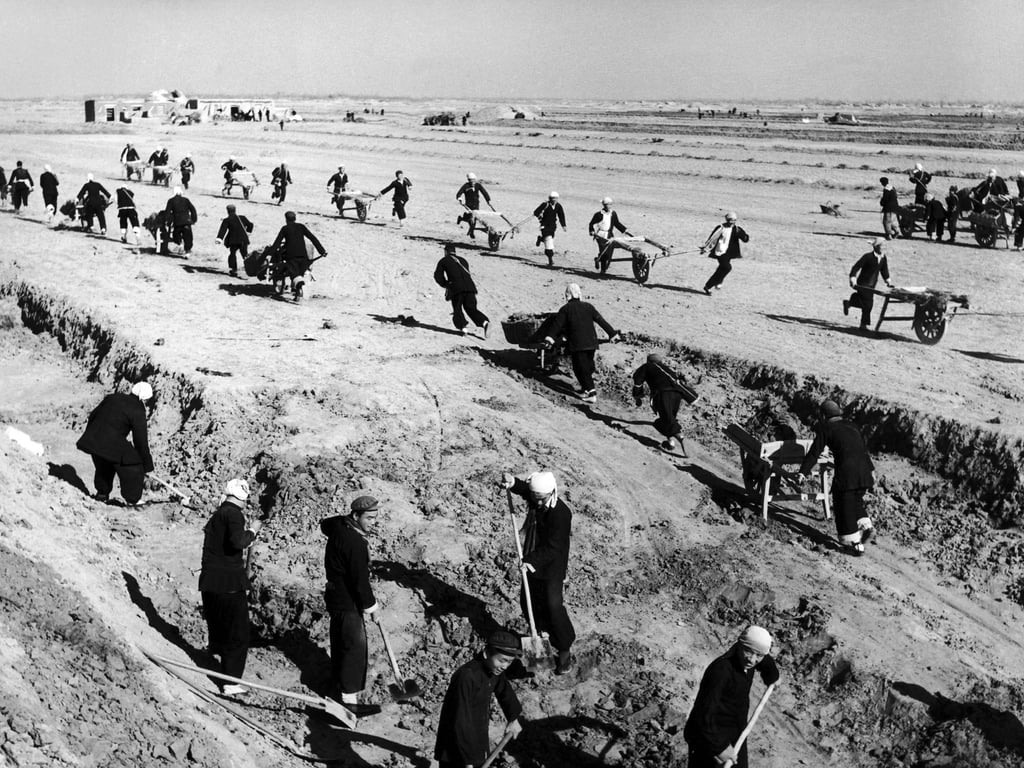Opinion | For clues on Beijing’s plans for Taiwan, look to Russia
- China has learned from Russia’s post-1991 experience, pursuing its economic liberalisation with more care, but still failed to avoid some pitfalls of pro-market policies
- While the strongman playbook might dictate taking Taiwan by force to distract from economic woes, Beijing is likely to move cautiously with an eye on Russia’s experience

China has mirrored Russia’s historical trajectory for most of the past 100 years. At the beginning of the 20th century, both were large empires with outdated institutions that could not protect their people from foreign wars, corruption, inequality and poverty. While Russia’s per capita income in 1900 was around one third that of the United States, Chinese incomes were half those of Russia.

These economic calamities posed a serious political threat to the regimes. After all, the Soviet and Chinese communists were supposed to be modernisers who empowered the people and delivered economic prosperity.
To survive, each regime touted its role as a defender of the people against foreign invaders. The Soviet Union and China suffered more losses than any other country in World War II. In the decades thereafter, the Cold War kept alive fears of foreign invasion and the legitimacy of authoritarian regimes.

